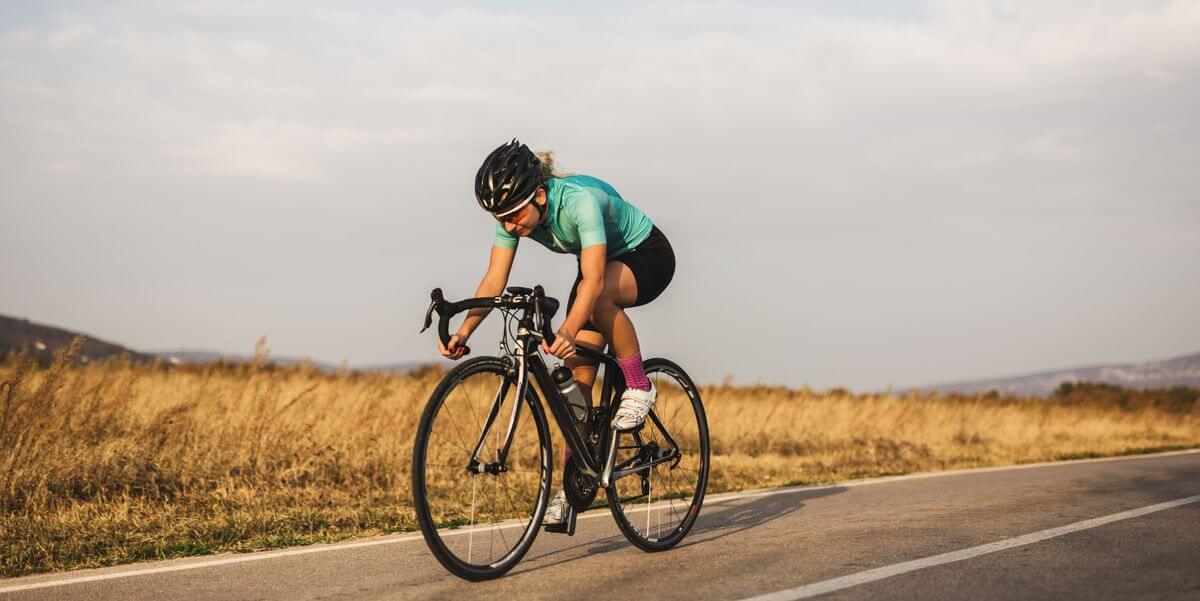Many Americans are taking up cycling as a hobby, exercise, and a way commute to work. This is definitely great news. However, the thing every cyclist should be wary about is the weather condition of the place they live in. Cycling on the snowy and slippery asphalt of Minneapolis is different from cycling on the warm and dry terrain of San Francisco.
Humans burn more calories to warm up their bodies in the cold. Barbara Cannon, a professor of biomedical sciences at Stockholm University in Sweden reported that
“While the body’s first response to cold is to shiver, it eventually makes and activates enough brown fat to take over those heat-producing responsibilities. In either case, your body is burning extra calories in response to cold.”
Although this is great news for those looking to shed excess fat, cold can still affect your joints, bones, and vital internal organs such as the brain and lungs. Whether you’re biking to commute to work or exercising, you’d need to get essential winter cycling gear to stay comfortable and combat whatever winter throws at you.
10 Must-Have Winter Cycling Gears
Head Cover
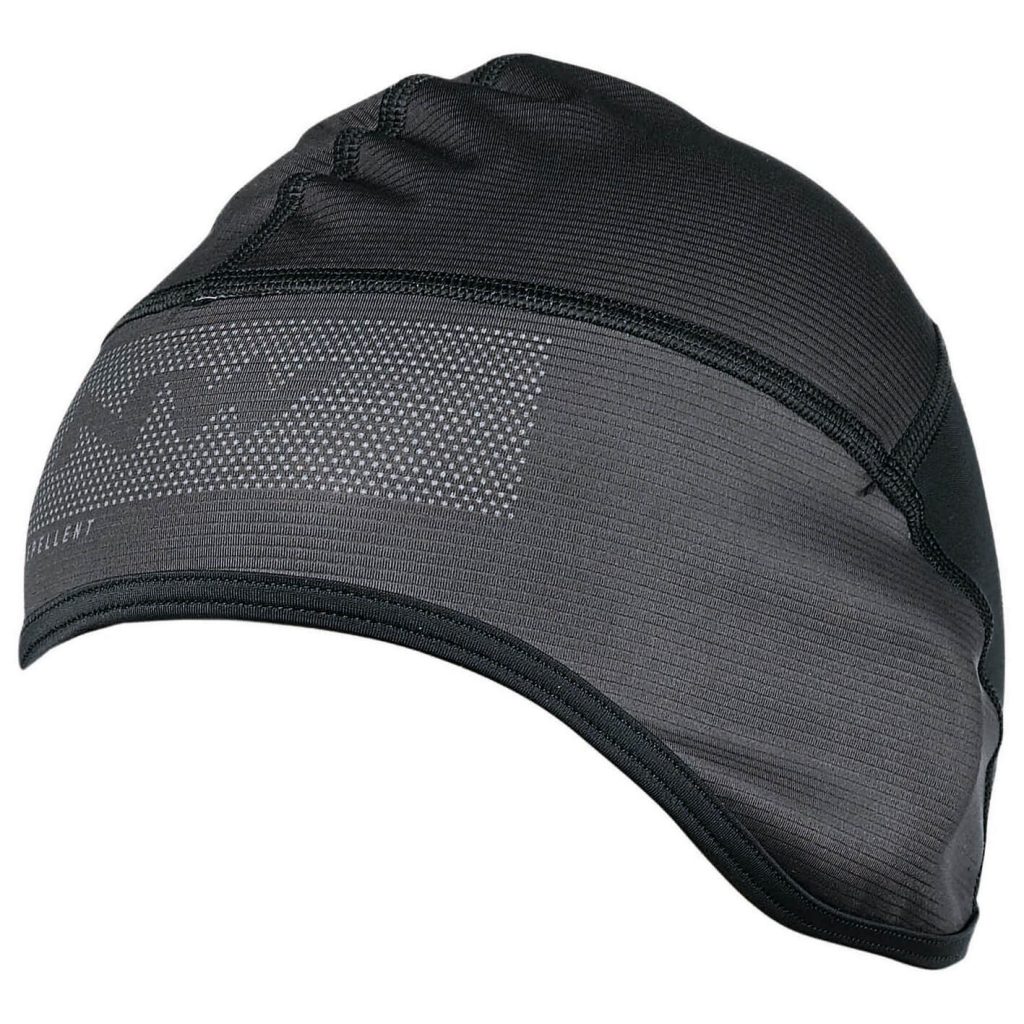
Headcover is the most essential gear for cyclists in winter. Although the thermal base layer protects the body, you’re more likely to lose body heat from your head. Keeping your head warm is also critical in regulating your body temperature and keeping the blood circulation in place.
Wear a thermal base layer over your head before wearing a winter hat or balaclava before putting on the cycling helmet. This will allow you to stay protected and also retain heat which can easily escape in winter.
Buying a winter sports helmet comes handy when you need to wear multiple layers underneath. Winter sports helmets are strong and large enough to fit multiple layers. These helmets also come handy for winter sports such as skiing.
Gloves

You need to cover your hand and palms properly to keep it from freezing. Exposed palm and fingers can easily get cold. They retain a large amount of blood in the tip of fingers because of uneven pressure. This can really become painful for the cyclists and make it harder to maneuver and steer.
Once your hands are cold, they’re difficult to warm up and don’t function well. Consider buying winter gloves such as lobster gloves with merino wool base underneath. The full-fingered gloves help to retain heat along with keeping your fingers warm and flexible.
Consider buying full winter cycling gloves or winter overall if you bike on a regular basis.
Footwear
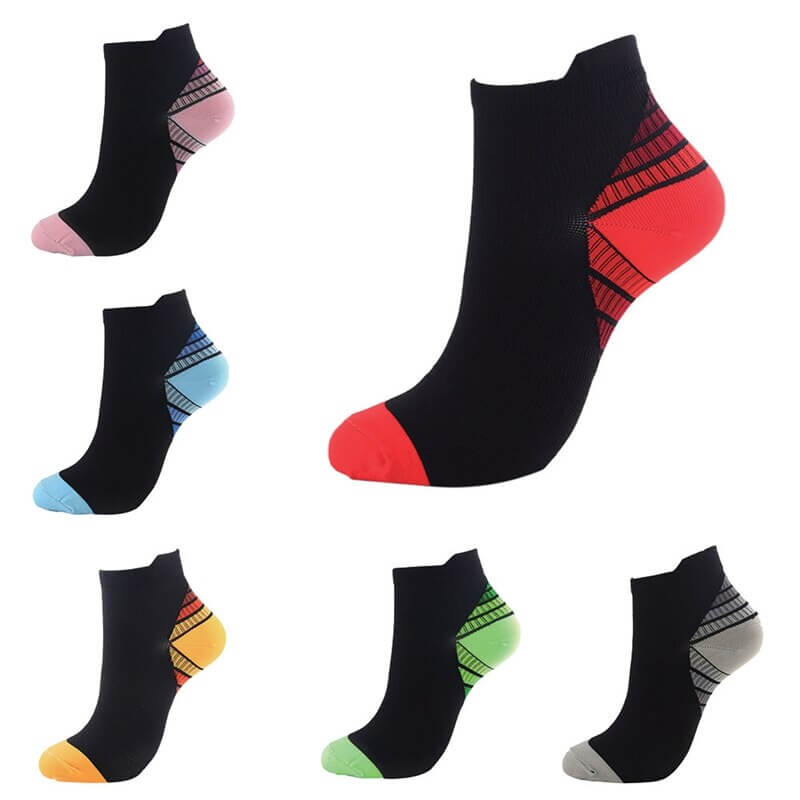
Feet are always the first part of the body to feel the cold. They are also the last to become warm. Do you recall wearing wool socks in bed to keep your feet warm? Yes, keeping your feet warm can regulate the heat throughout the body.
You can always add multiple thick layers of socks to keep your feet warm but it takes away traction and flexibility. For the cyclists, loss of foot traction and flexibility of leg isn’t good.
It always starts with the right kind of socks. Consider going for merino wool socks which act as a thermal layer. You can also go for wool socks which are breathable. Let your feet sweat without allowing it to get wet.
A proper kind of socks can prevent your feet from getting wet. Winter booties, high-ankle boots, and thick shoes are always the best choice in winter. To add extra protection, you can consider buying shoe covers. They prevent your shoes from getting wet or accumulating snow and moisture.
Jacket
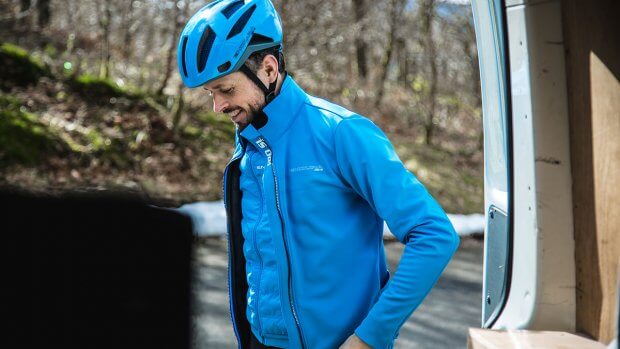
A properly insulated jacket is a must to keep the body temperature right. It all starts with the inner thermal layer which keeps your body warm and breathable. You can add another thick layer over the thermal such as fleece or wool and cover it with a jacket. The right windproof, thermal and waterproof jacket can keep you dry and warm even during the harshest cold condition.
Winter sporting jacket which is made with water/windproof material and light-feather can keep you warm. Your jacket has the capability to regulate your overall body temperature more than any other piece of clothing, hence be considerate about buying a great jacket if you cycle on a regular basis.
If you’re a long-distance cyclist, you would want a thicker jacket with more insulation to keep you warm. If you are an aggressive rider who sweats a lot, then go for something lighter and breathable.
Pants
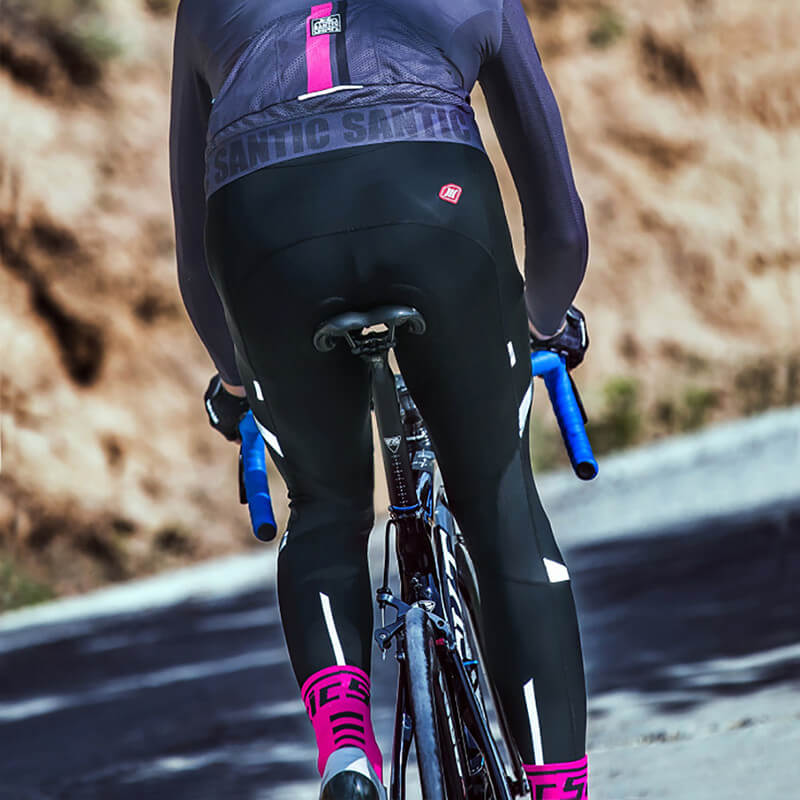
Winter biking pants come in many varieties. You can start with wearing a thermal underneath. It will help retain the body heat. A water/windproof pant with insulation will help to ward off the cold and moisture from building up.
Your joints are the weakest part of the body when the cold is rising. To protect those fragile joints and to keep the blood circulation of the leg in check, consider buying a great pair of winter pants.
Winter biking tights used by winter sporting cyclists really come handy, but they are tighter for everyday use. Many riders don’t like the feel and look of these biking tights. To make it comfortable, you can consider buying loos fitting, waterproof, and warm pants with insulation.
Eye Protection
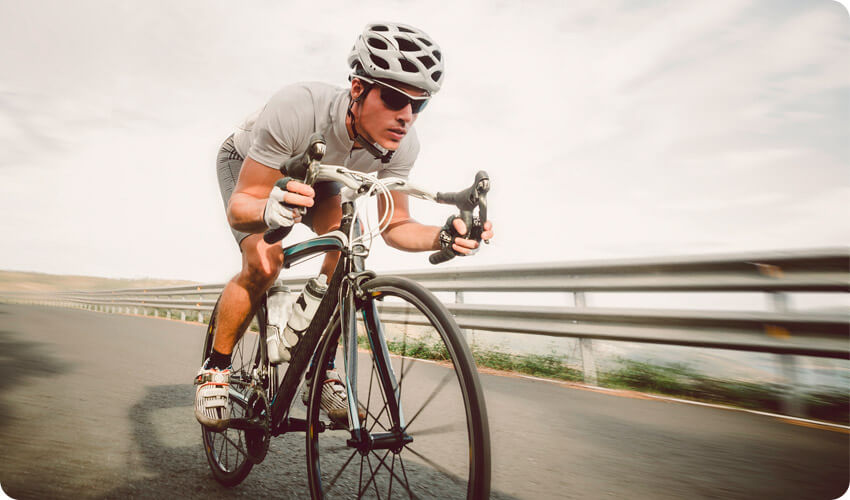
Protecting your eyes in any kind of weather is a must. The problem with regular sunglasses is that they easily accumulate moisture while cycling in the cold. This can really hamper your view, mostly when the sun is hidden by clouds. You’d want to make sure your eyes are covered yet visible. When riding in a snowy area, the sun can be much brighter than it is in the warmer months, especially as the sun reflects off the snow.
Go for quality pair of sport-style sunglasses that can refract sunlight, moisture, and reflections coming off the snow. Make sure it’s laced with anti-fog or a light layer of dish soap to prevent the accumulation of fog.
Winter Tires
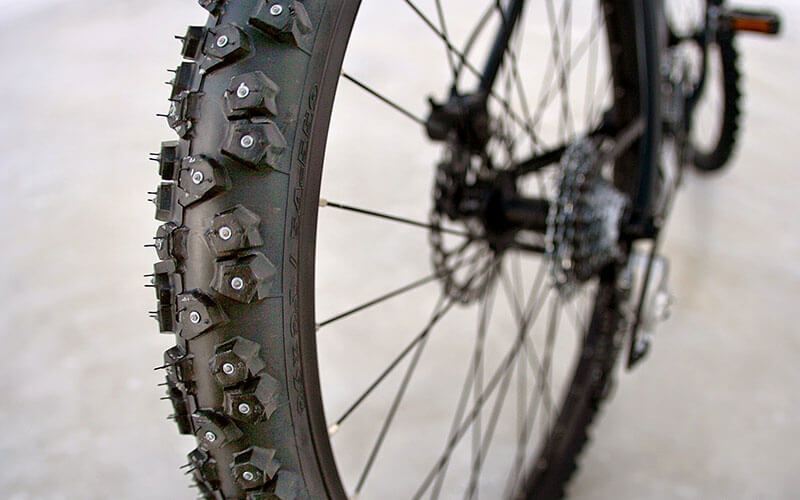
Enough with body protection gears; let’s talk about winter gears for your bicycle. The tires are the first cycle parts that retain the most amount of damage. Traction will be a much larger challenge in the winter when the asphalt road if cold and slippery.
Consider adding an aggressive tread on your tires to make it slip-proof. Replacing the regular tires with winter-cycling tires can be a great choice. They are durable, strong, and slip-proof. You can get the much-required traction without the fear of flat tire or punctures.
Another trick is to run your tires on slightly lower pressure than you typically would. This will increase the surface area of your tire on the terrain, and increase your grip.
Fenders
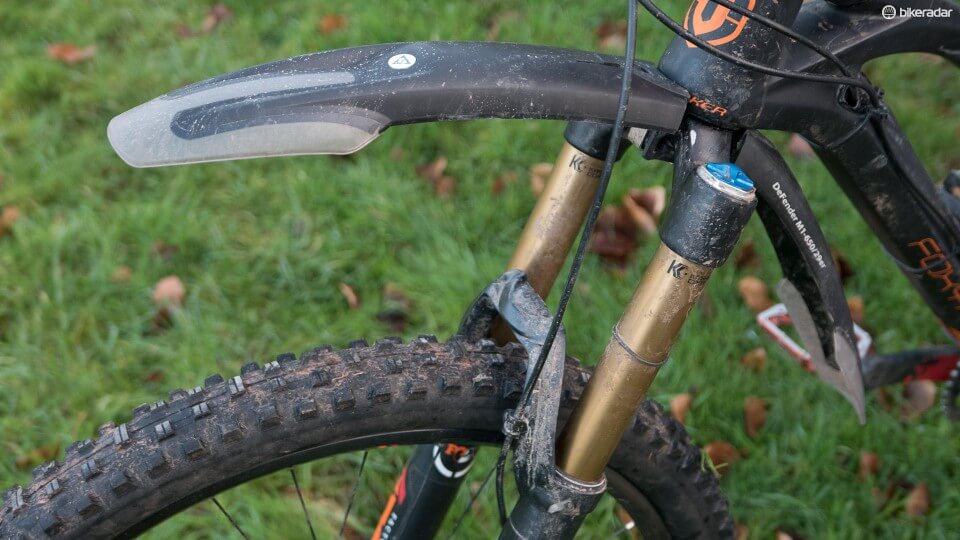
Fenders can help catch a lot of mud, water, snow, and residue that usually end up in the parts of your bike. Adding custom fenders can be really helpful while riding in winter.
Many bicycles aren’t fitted with fenders because it generally adds up to the weight. Adding at least one fender makes a tremendous difference in wet roads. You’re also less likely to wet the cyclist riding behind you.
You wouldn’t need an expensive fender, just buy an ordinary one that will last the winter.
Spare Tubes and Tire Changing Equipment
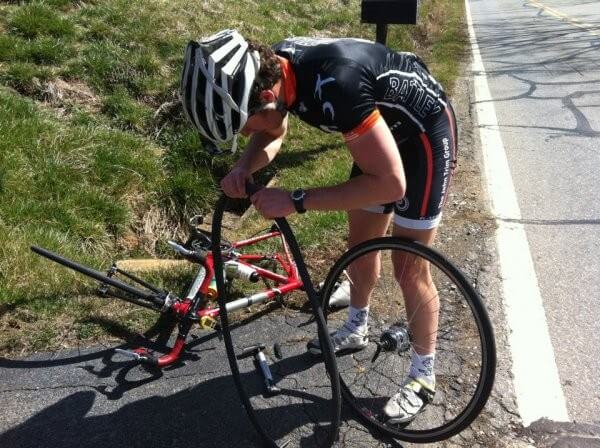
Maintenance is the key to keep your cycle on a top-class condition. Be prepared to face a flat, loose bolt, and chain coming off in any weather condition. They happen more often than you can imagine.
Always keep light tools with you that will help fix the problem within 15 minutes. Keep spare tubes and tire changing equipment with you. If you’re riding for a long distance, it’s essential that you keep this equipment with you at all times.
Tools and Spare Parts
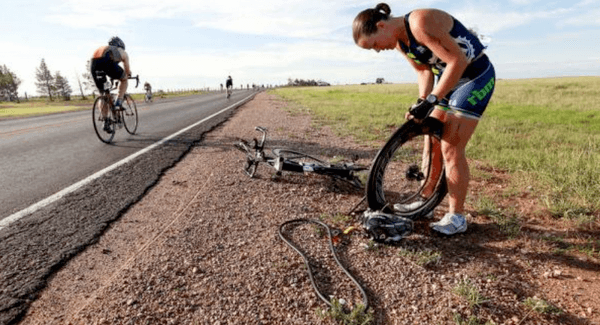
Keep the cycle’s first-aid tools with you at all times. We understand that it’s never easy to carry extra tools and equipment with you while cycling. But, you can always keep a backpack with you that will carry all the necessary gear and equipment needed to fix your cycle at a go.
A quality multi-tool that’s made for biking doesn’t take up much room and is very lightweight. It also packs a punch in terms of functionality.
So the next time you’re cycling in winter, keep in mind to have a check-list of essential cycling gears that will help you pass any harsh weather conditions. You can plan for the future and buy most of the cycling clothing, gear, and equipment at a discounted price when there’s a sale.
